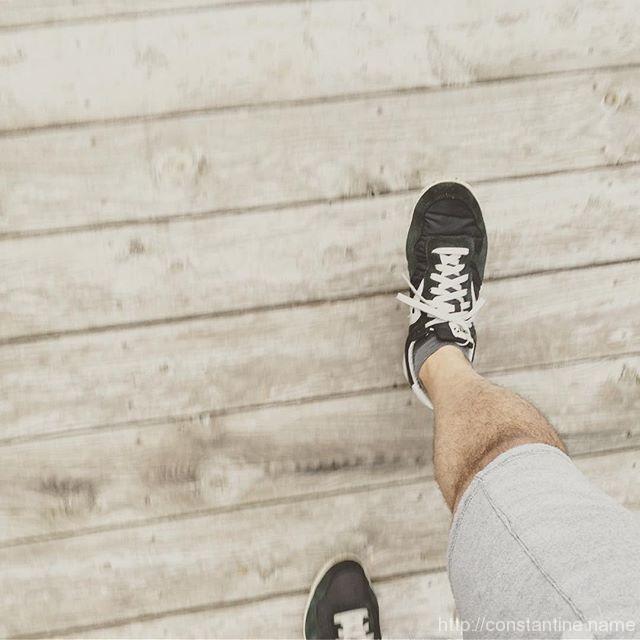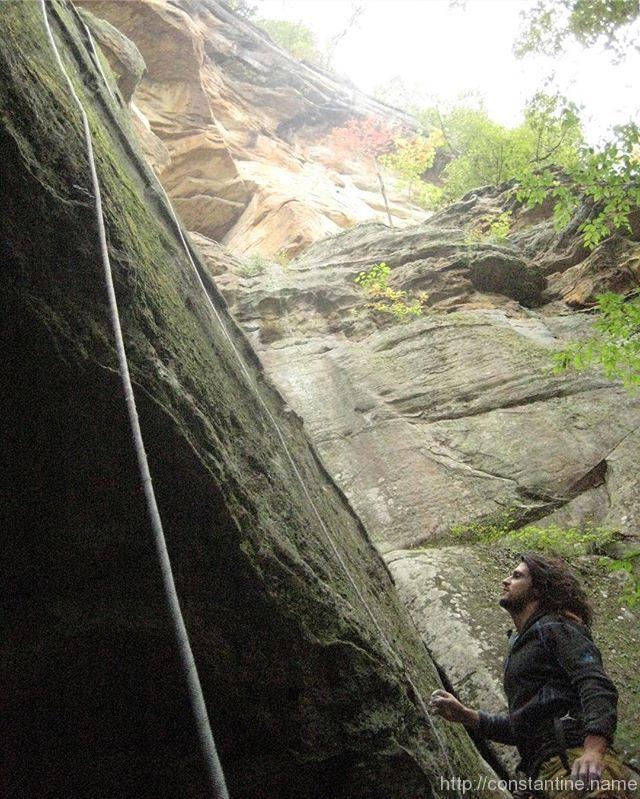I’ve given a lot of birthday gifts in my years. (I’m sure you have too!) But this photo is a gift I’m particularly proud of.
First, a map: My mother is one of 27 first-cousins. (Her mother was one of eight children.) My mother is one of the youngest of those first cousins (perhaps the youngest, I forget.) Two of my mother’s first-cousins are the man seated center (in the front row, his wife’s arm interlocked) and next to him is his sister, Cocetta (who everyone called Connie).
Several years ago, Connie had a birthday party. An enormous party. An enormous party of boisterous people. At one point, I started going around and forcefully demanding family members proceed into the other room. This wasn’t appreciated by many in the moment, but once I got a dozen people moving, it caught on. And then many people passed their phones to a few volunteers to start snapping. I expect you’ve experienced being corralled into a group photo such as I’m describing. It’s not the greatest family photo ever taken. But it was taken.
Then—and this is the part that few do—after the party I hounded several people until I found the best photo and I ordered professionally printed and framed versions of this photo. I ordered one, quite large version of this photo which was given to Connie for her home. Several smaller versions were given to her closest relatives (like the one in my hallway, shown above.)
Don’t just take those photos, considering gifting them as physical mementos too.
ɕ





























